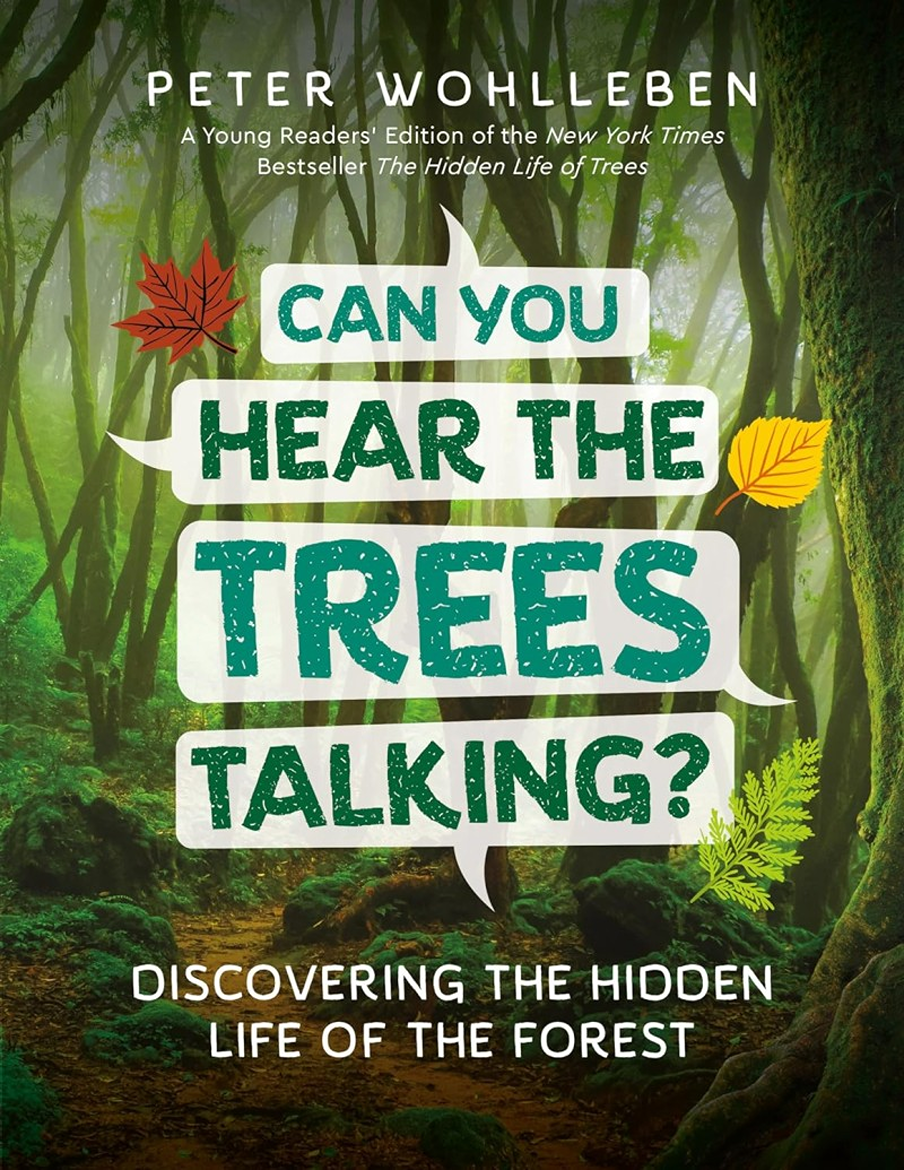
Nature’s Temples is an impassioned case for the importance of ancient forests, and their preservation. Standing in an old-growth forest, you can instinctively sense the ways it is different from forests shaped by humans. These ancient undisturbed ecosystems are increasingly rare and misunderstood. This book explores the science of old-growth forests, and makes a compelling case for their protection.
The best ways to help preserve old-growth forests? Stay away from palm oil, use recycled paper and bathroom tissue, choose recycled wood products, and live a sustainable life! If planting trees, learn more on toxic trees and mulches to keep away from pets (many trees are also toxic to horses, including yew and oak).
Many foresters propose ‘forest management’, while ecologists and conservation biologists believe it’s best to leave forests alone, in order for them to be healthy. Author Joan Maloof (founder of the Old-Growth Forest Network and a professor of biological sciences) describes the life forms and relationships that make old-growth forests unique – from salamanders and micro-snails to plants that communicate through fungi – and reveals why human attempts to manage forests can never replicate nature’s sublime handiwork.
The book also sheds new light on the special role forests play in removing carbon from the atmosphere and shares what we know about the interplay between wildfires and ancient forests. With drawings that illustrate the science but also capture the remarkable beauty of ancient trees, this book invites you to discover the power of trees that are so connected to our planet and fellow species.
Author Joan Maloof PhD is founder and director of the Old-Growth Forest Network which works to save threatened forests. She is also professor emerita of biological sciences at Salisbury University.
Also read If A Tree Falls, a book to educate about the importance of trees that give out oxygen and take in carbon dioxide, reduce heat island effect and crime and provide homes for wildlife (and food for us as fruit and nuts). Yet trees are cleared for agriculture, lost in wildfires and harvested for wood. Forests also play a critical role in climate moderation. Find out what you can do to protect forests and preserve them for future generations. Chapters explain the history of deforestation and what happens to food and animals that live there. Boxes of ‘Tree Trivia’ educate young readers on how to help trees.
discovering the hidden life of the forest

Can You Hear the Trees Talking? is book to the science of trees and forests for children. 10. This book shares the mysteries of the forest revealing what trees feel, how they communicate, and the way they take care of their families. The author teaches children about the forest ‘Internet’, aphids who keep ants as pets, nature’s water filters and more fascinating things that happen under the canopy.
Featuring quizzes and photographics, learn how trees talk to each other, why trees are important in the city, how trees make us healthy and strong and how trees get sick (and how we can help them get better). This engaging and visually stunning book encourages at-home learning for children to discover the wonders of the natural world, right outside their window. Peter Wohlleben is a forester in Germany, who writes wonderful books about forests and the natural world for adults and children.
Peter Wohlleben is a German forester who gave up his previous jobs of felling mature trees and using insecticides to become one of the world’s leading champions of leaving trees alone. He now writes best-selling books on protecting nature and animal welfare, and now runs a non-profit with his wife, devoted to preserving Germany’s forests. His daughter Carina is following in his footsteps, writing books on how eating plants can preserve forests and the planet.






